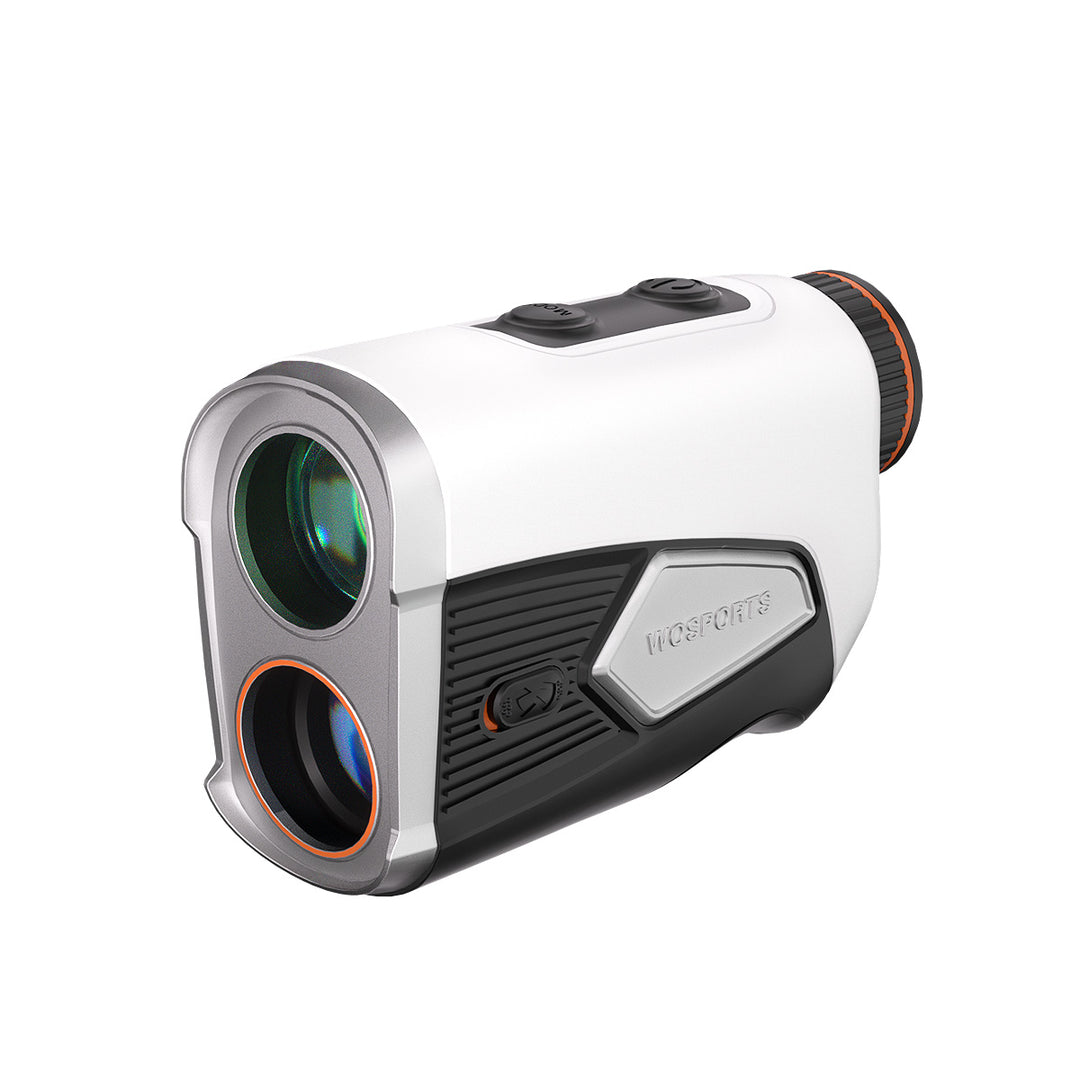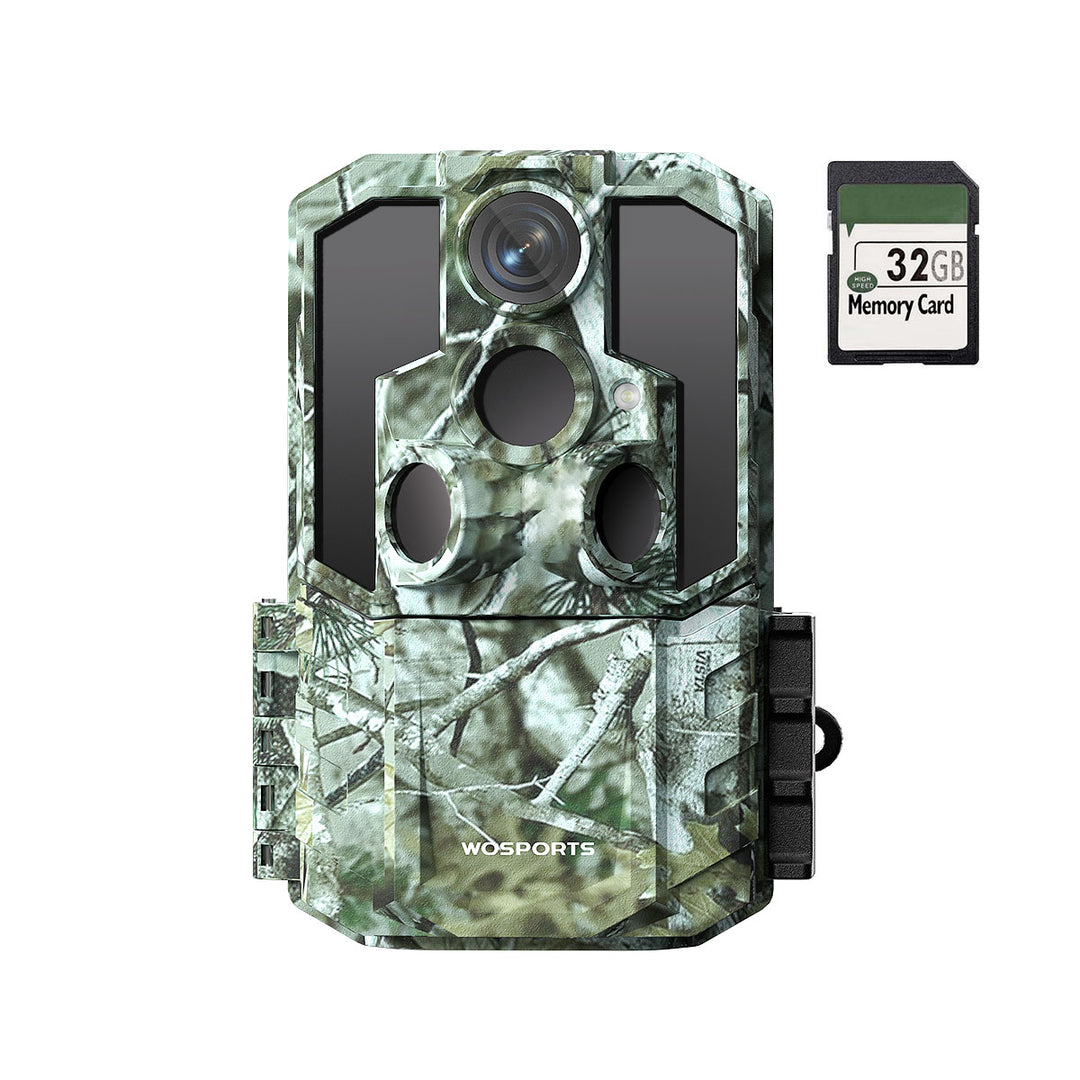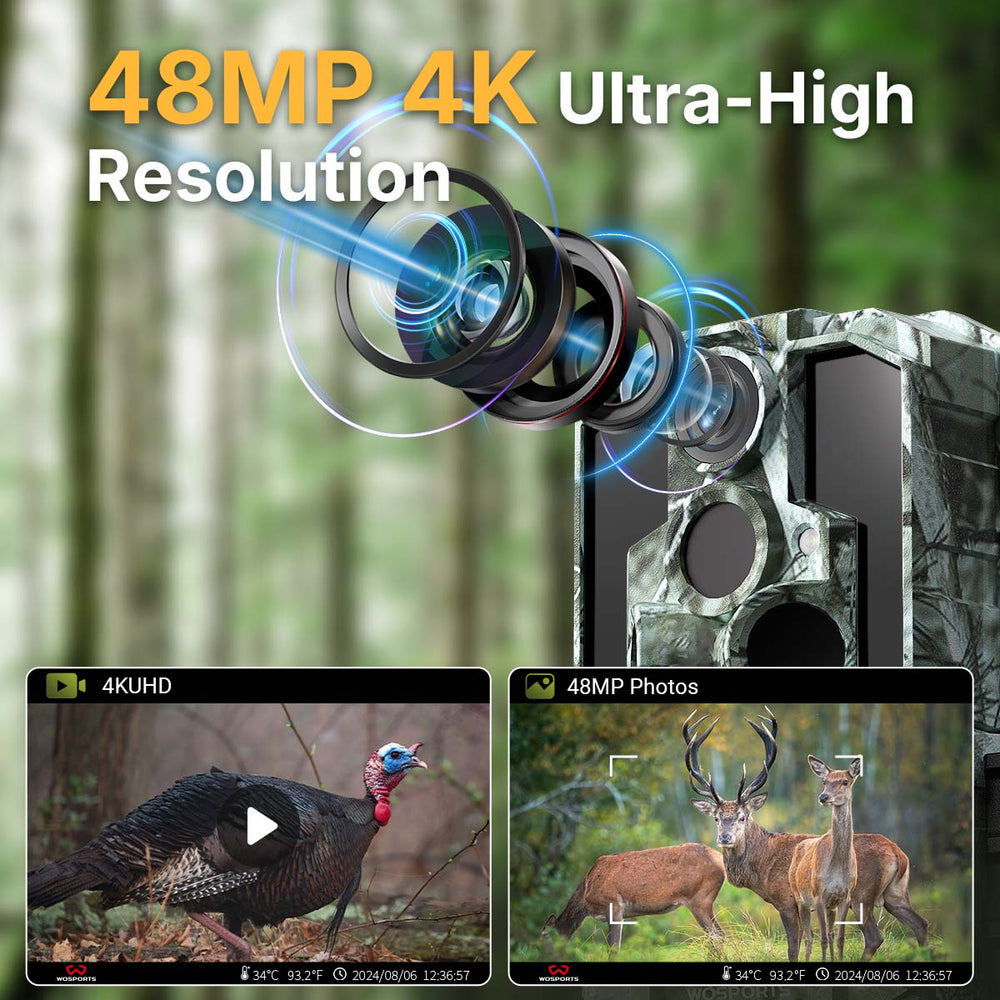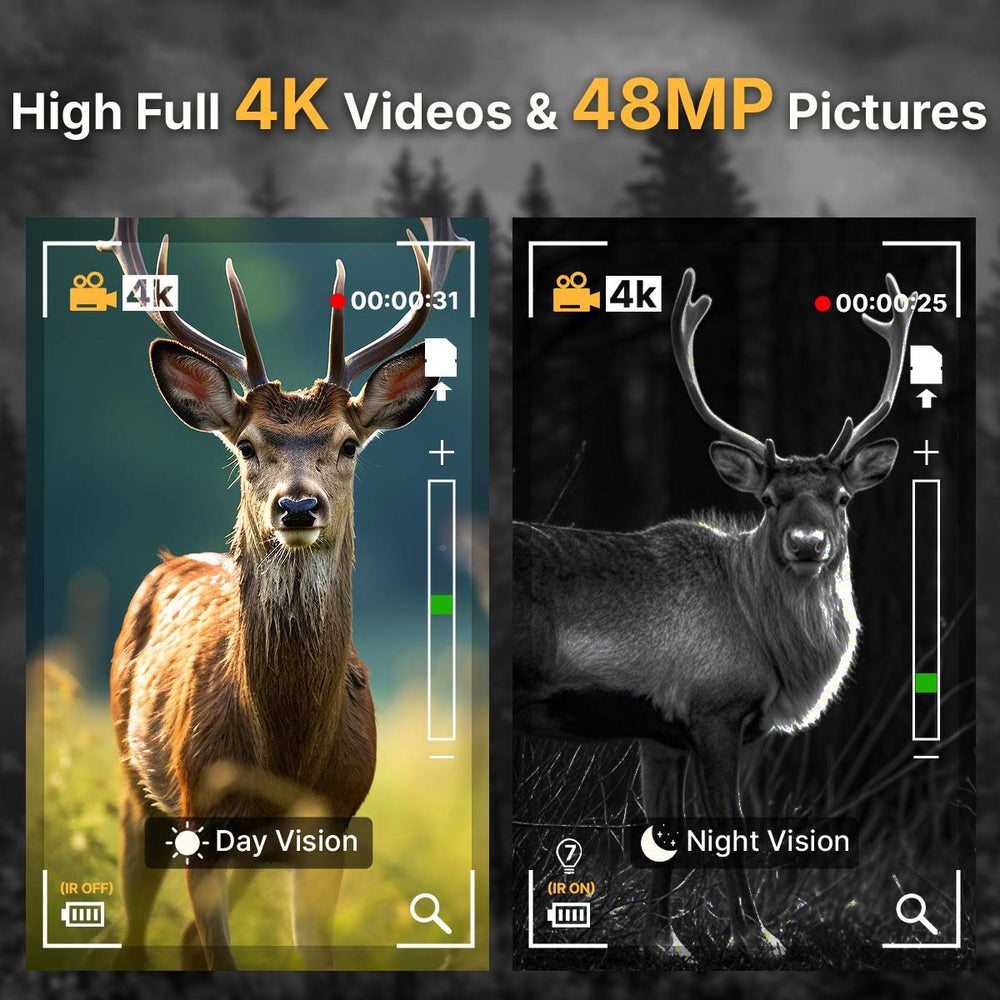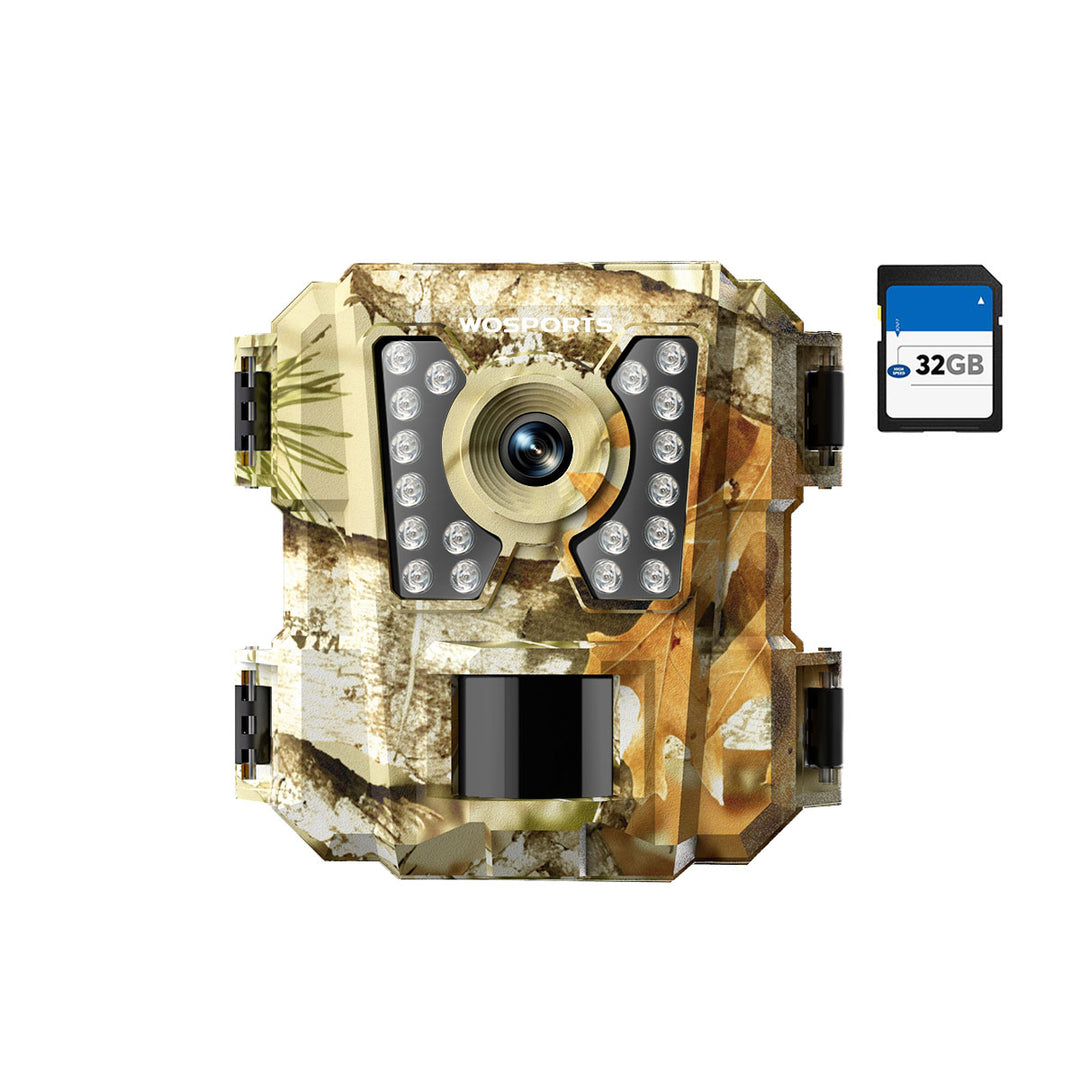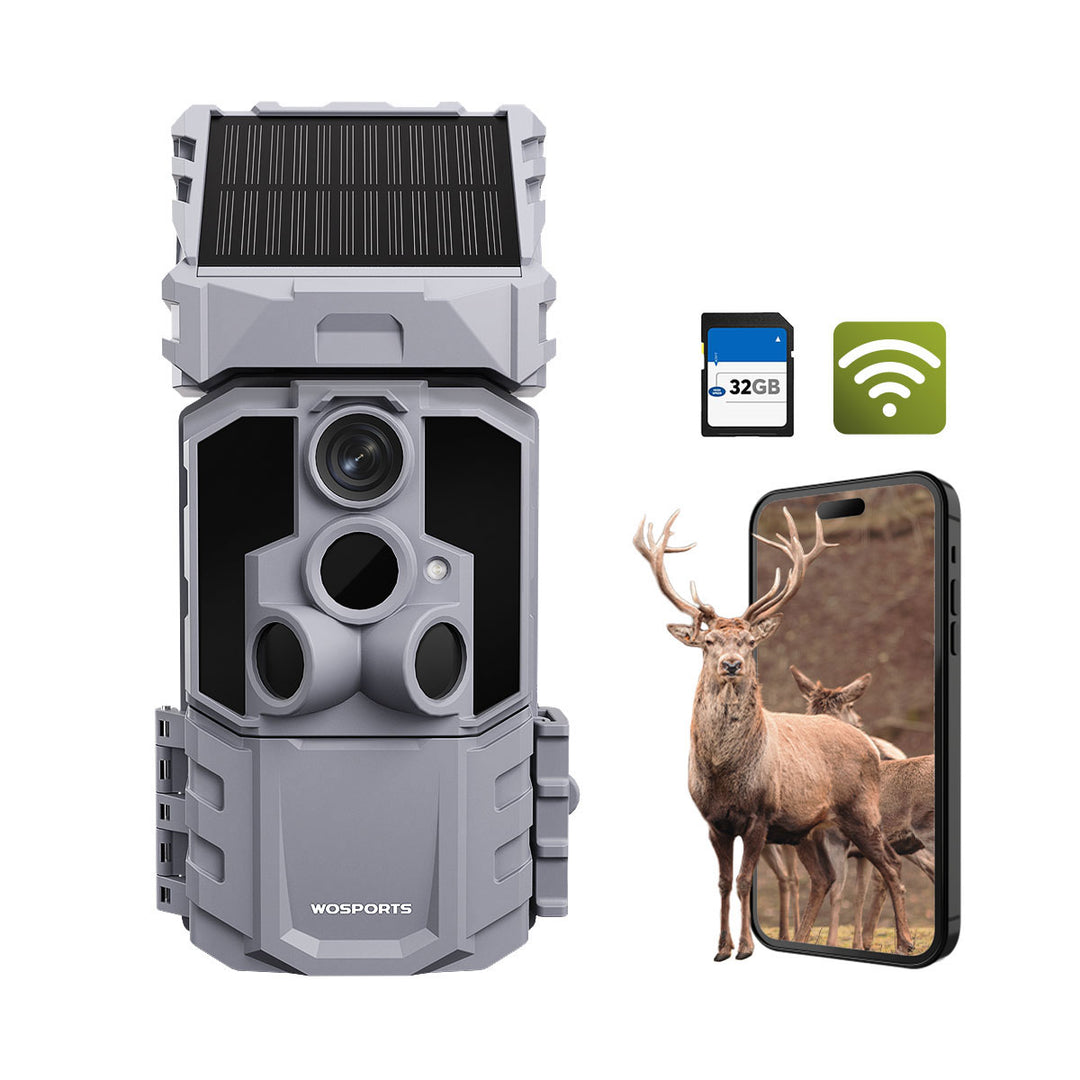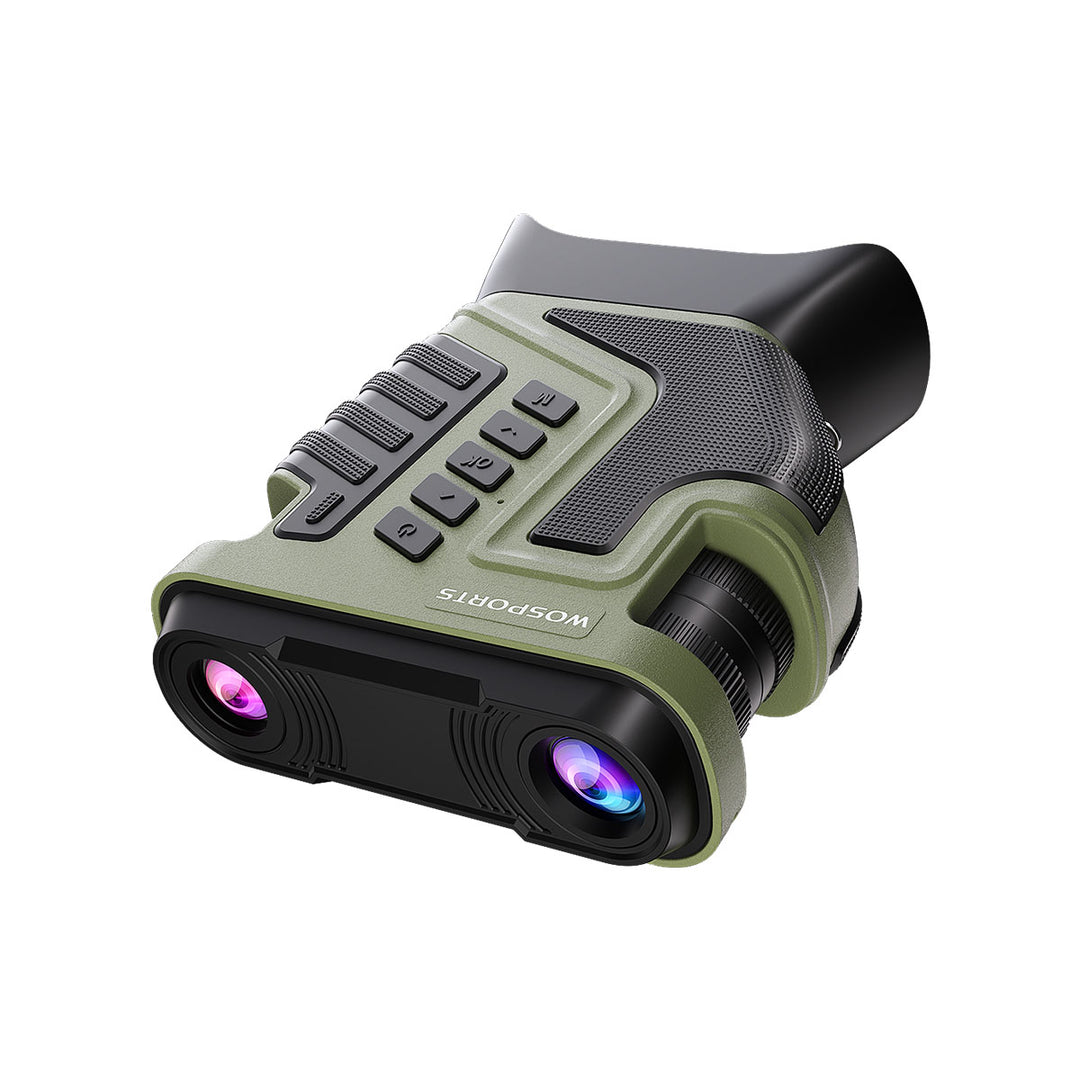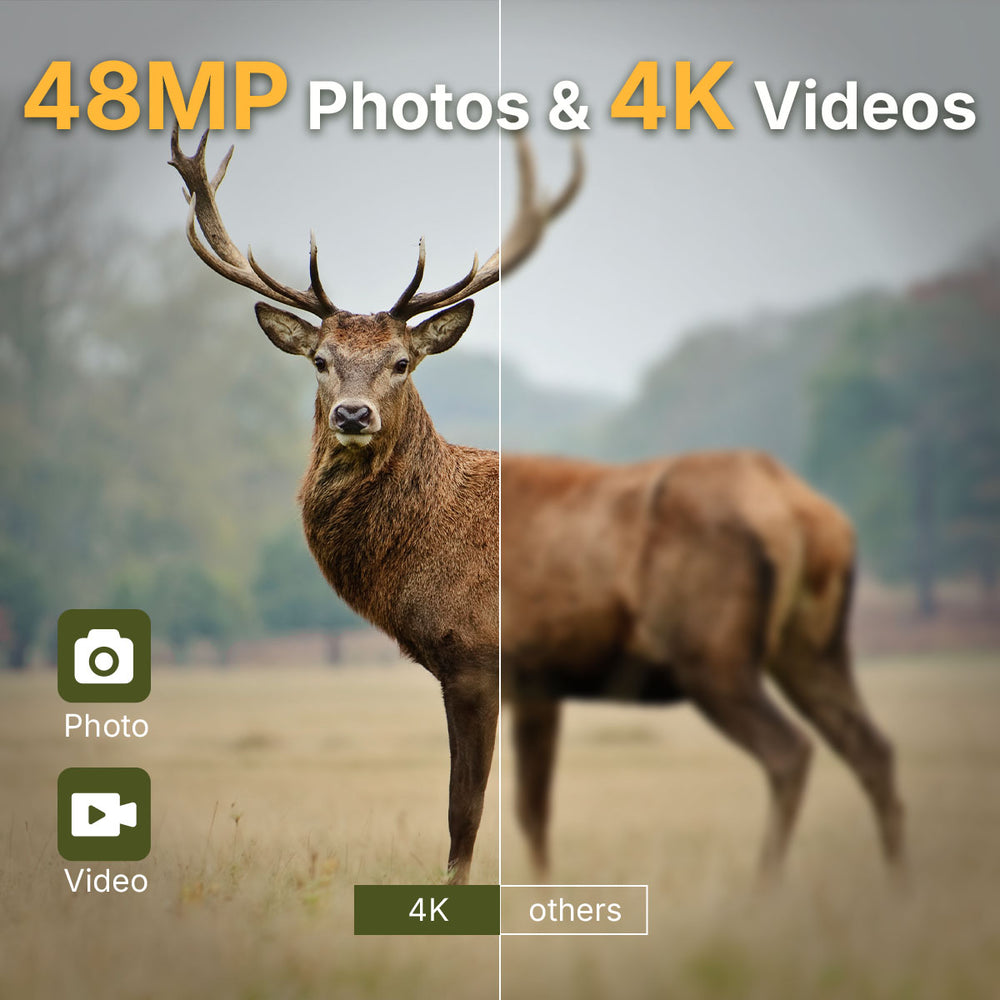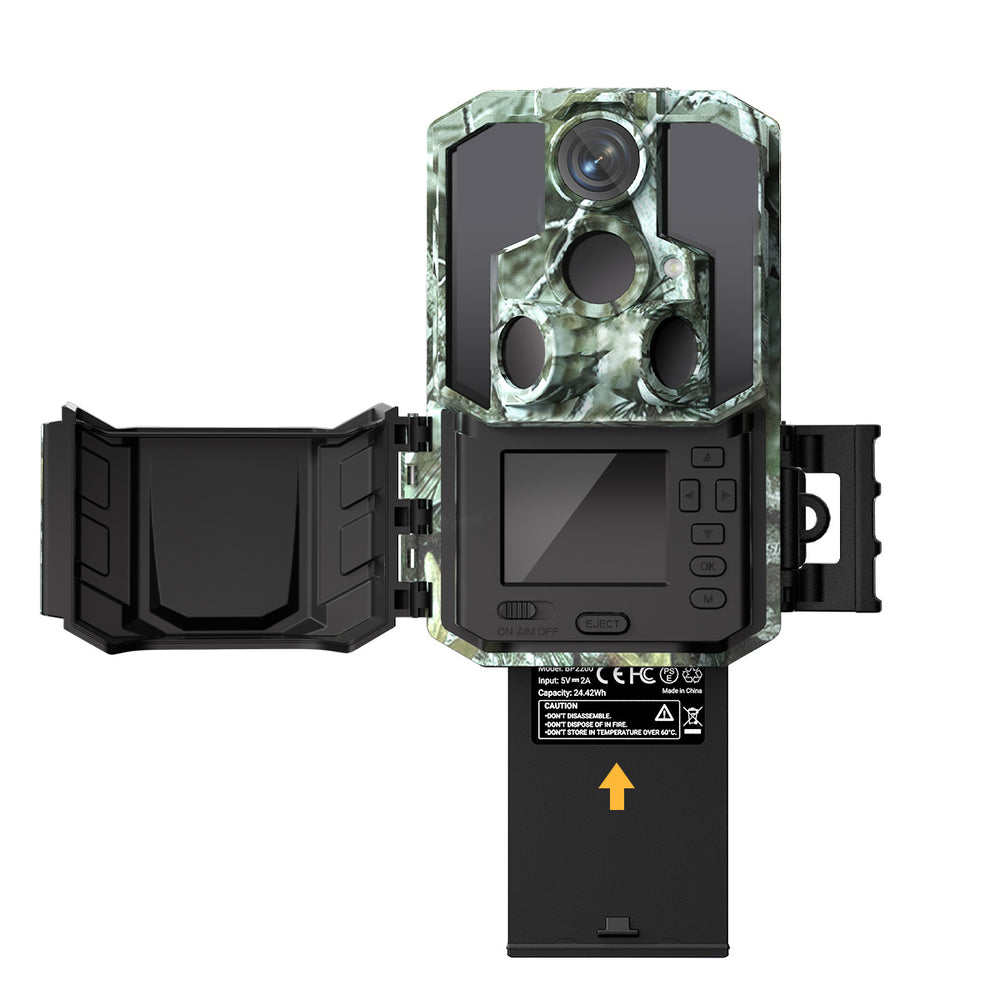How to Capture Unique Trail Camera Photos
Whether you’re tracking deer, observing birds, or simply curious about what wanders through your backyard at night, learning how to capture unique trail camera photos can transform ordinary footage into something truly memorable.
How to Capture Unique Trail Camera Photos
For many outdoor enthusiasts, trail cameras are essential tools for scouting wildlife activity. But beyond their practical use, they also hold incredible potential for creativity.
1. Understand Your Subjects and Their Behavior
To get great wildlife photos, you gotta know your subjects. Animals do things in patterns - where they eat, chill, and move around each day. So, watch them for a while. Deer usually walk on ridges or close to water. Foxes and raccoons take the same routes in the woods. Birds might go back to the same places for food in the morning.
If you get their routines, you’ll know when and where to be ready for a good shot. Then you can put your camera in the right spot – not just anywhere, but where animals are sure to show up.
Where to Place Trail Cameras>>
2. Experiment with Angles and Perspectives
Most trail cam shots are taken straight on, which can get boring. So, mix it up! Try different angles to get cooler pictures.
A low angle, close to the ground, can make critters appear larger and more dramatic. On the other hand, going a bit higher up can catch more of the scenery.
If you want to tell a story with your photos, think about where you're placing the camera. Putting it next to a log could give people an idea of what the woods look like to the animals there. Pointing it toward a clearing or field can show movement. Sometimes, just changing the angle a bit can make your pictures way more interesting and real.
3. Use Natural Elements as Frames
Framing's a trick photographers use to focus on what's important, and trail cameras can do it too. Put your camera where trees, branches, rocks, or grass frame the picture. This gives depth and helps people look at the animal, so it looks planned instead of random.
You can even use the seasons—fall leaves, snowy branches, or spring flowers—to give your pics a time and place feeling. The point is to make your photos look on purpose, not by chance.
4. Make the Most of Lighting and Weather
Good lighting is super important for great pictures, and the weather can really make them pop. Don't run from clouds or rain – work with them! Cloudy days give you soft, even light that cuts down on glare. Morning fog can create some cool, mysterious vibes. Raindrops can turn a boring photo into something special.
That first and last hour of daylight is awesome. It makes everything glow with warm light and makes the colors look amazing. If your camera has night vision, you can also catch some cool animal action at night. Think deer in the moonlight or a fox in the fog. These are awesome moments that only a camera that waits patiently can catch.
Pro Tip: Get a tough, weatherproof trail camera, something like the WOSPORTS G600. It takes pictures fast and works great when there's not much light. This means you'll get clear photos no matter what the weather is up to.

5. Try Time-Lapse and Multi-Shot Modes
The latest trail cameras offer a variety of features, including the time-lapse photography which allows one to get a powerful view of the changes that occurred over a long timespan—e.g., a whole day at a watering hole or the whole day from light to dusk, all in seconds. This not only has a great visual impact but also gives one a closer look into animals' daily lives and their movement along with the changing of the seasons.
On the other hand, the multi-shot or burst mode takes a quick succession of pictures every time there is a motion detection. Joining or watching the photos in a series will not only make it possible for you to see the changes in the picture—like the tension right before the jump, the careful walking of a deer, or the synchronized take-off of a bird flock—but also allow you to see some very subtle movements which you might otherwise miss.
6. Keep Your Trail Camera Clean and Well-Maintained
A creative setup will not be of much help at all if you have a dirty lens or an unstable camera. By maintaining your equipment regularly, you will not only keep your images sharp, but also of the same quality. Clean your camera's surroundings of dust, raindrops, and spider webs before setting it up. Secure it with a stable mount or strap to avoid any motion or tilt caused by wind or rain.
You should also pay attention to the background. The subject will be more visible if there is a clean and simple background. Stay away from places where tall grasses grow as they might cause false captures or block your view. Just a little preparation prior to deployment makes a huge difference in getting professional wildlife shots.

7. Review, Learn, and Adjust
Every great trail camera photographer goes through the same procedure of reviewing to become better. Take your time to look through your photos after each session very closely. Identify what worked—angles, lighting, timing—and what didn't. Were the animals only partly in frame? Were they too far away? Were they outside the dynamic range?
The ability to learn from the data you have collected is the main factor in the improvement of your trail camera photography skills. You can move the camera a little, change the height or the direction, and alter the settings according to what you have learned. Gradually, the instinct about your setup becomes more acute, and the shots you make are more deliberate.
This is the distinction between standard monitoring and genuine wildlife storytelling.
8. Capture Motion and Interaction
Pictures that show motion or interaction are more narrative than stills. Set your camera on the paths with the most animal traffic, close to where they eat, or next to waterholes to catch the natural happenings—animals drinking, cleaning, or even playing together.
Fast trigger speed and adjustable sensitivity trail cameras are perfect for this type of kinetic photography. If your camera comes with burst mode or multi-shot capture, then turn it on. This dramatically increases your chances of freezing the ideal moment—like a bird going up or a buck lowering its head to eat.
Use Trail Cameras to Enhance Creativity
Search
Popular Posts
Recent Posts

Nov 28, 2024
Troubleshooting Common Trail Camera Issues
Jan 10, 2025
Why Does My Trail Camera Stop Working at Night?

































